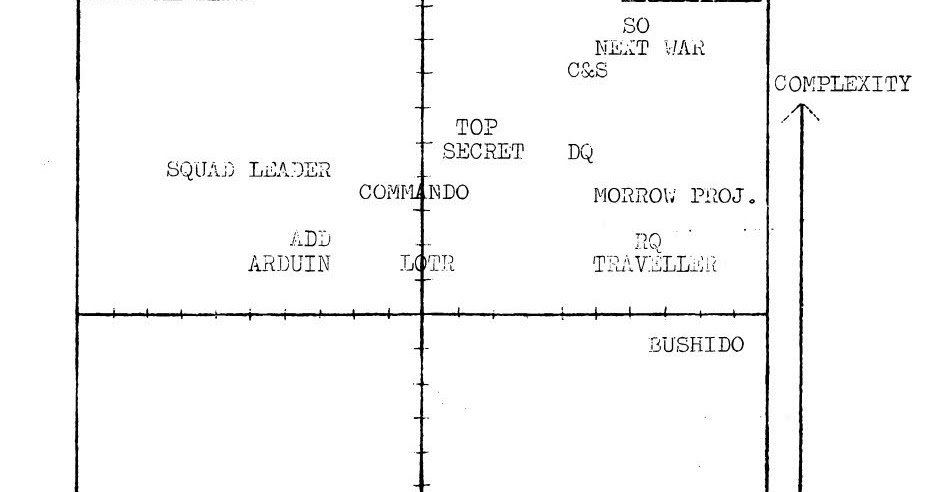While I agree that 5E only really has about 20 pages of rules that a player needs to learn in order to play, I disagree that the natural language used to present those rules makes the game more accessible. It's the format and layout of the rules, rather than their scope or complexity, that makes D&D more difficult to learn than it needs to be. Boardgame rules use standard instructional design elements like bulleted lists, numbered lists, white space, sidebars, clear and concise language, etc. to present rules in a much more user-friendly manner than the wall-of-text model employed by WotC and most other RPG publishers.
If you want to see RPG rulebooks designed by people who understand instructional design, take a look at Old School Essentials or Five Torches Deep. If or when WotC comes out with a 6E, they need someone who understands design and user experience put in charge of formatting the books.
I think people can, and do, reasonably disagree about what a rulebook "is" and "should be" in a TTRPG.
For example, you point out OSE as being an example of "good design" for new players, and 5e as being an example of "bad design" for new players. I don't disagree with you, necessarily.
But from a practical standpoint, while I don't have the numbers in front of me, I would say that there the difference in the numbers of players who begin playing TTRPGs with 5e as opposed to OSE is, well, ... it's orders of magnitude.
Put another way- I would assert (and no, I don't happen to have evidence) that most people who are playing OSE are not playing TTRPGs for the first time. Whereas there are significant numbers of players playing 5e that are.
This circles around to a slightly different point; what is the "purpose" of a rulebook. If it is simply to impart the rules in a clear and concise way, then it is best served in a certain manner. If, on the other hand, it serves other purposes (including being "fun to read" or "engaging the reader" or "sparking the imagination") then there might be other ways to present the information that is not always served up in the same way that you might do with a board game.
I say this not because I am trying to glorify obtuse rule sets that obfuscate key points, but because I have seen that many people who are new to the game become entranced not due to the rules, but because of the fluff, because of the art, because something within those rulebooks calls them to adventure.
It is an interesting balance; TTRPGs are often games that are spread through direct contact. While there are people that are self-taught, most learn from either playing or observing. Which, IMO, is partly why the rise of the internet and youtube also helps explain the resurgence of the game.

 playingattheworld.blogspot.com
playingattheworld.blogspot.com



